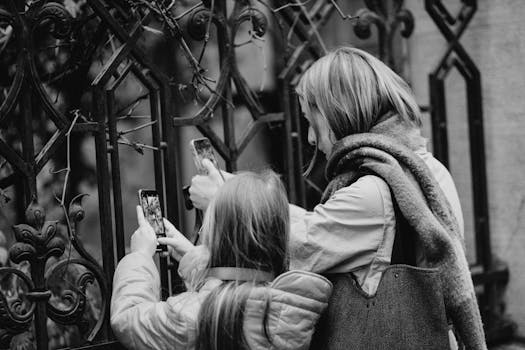
Traveling Through Time: How Europe’s Historical Heritage Shapes Modern Lifestyles in 2025
Traveling Through Time: How Europe’s Historical Heritage Shapes Modern Lifestyles in 2025. Europe, a continent steeped in history and heritage, has a profound impact on modern lifestyles. From the ancient ruins of Greece and Rome to the modern cities of London and Paris, Europe’s historical heritage continues to shape the way we live, work, and interact with one another. In this article, we will explore how Europe’s rich history influences modern lifestyles in 2025, and what this means for the future of the continent.
Introduction to Europe’s Historical Heritage
Europe’s historical heritage is a vast and complex tapestry, woven from the threads of countless cultures, empires, and civilizations. From the ancient Greeks and Romans to the medieval kingdoms of Europe, each era has left its mark on the continent. This heritage can be seen in the architecture, art, literature, and culture of Europe, and continues to inspire and influence modern lifestyles. In 2025, we can still see the remnants of ancient civilizations, and experience the vibrant culture of modern Europe.
How Historical Heritage Shapes Modern Lifestyles
So, how does Europe’s historical heritage shape modern lifestyles? One way is through architecture. Many of Europe’s cities are filled with historic buildings, from medieval castles to modern skyscrapers. These buildings not only provide a glimpse into the past but also influence the way we live and work today. For example, the ancient city of Rome is a popular tourist destination, with landmarks like the Colosseum and the Pantheon attracting millions of visitors each year. In 2025, these historic buildings continue to inspire modern architecture, with many contemporary buildings incorporating elements of historical design.
Another way in which historical heritage shapes modern lifestyles is through culture. Europe is home to a vast array of cultural festivals, traditions, and customs, many of which have their roots in history. For example, the Carnival of Venice, which dates back to the 11th century, is still celebrated today, with elaborate masks, costumes, and parades. In 2025, these cultural festivals continue to thrive, with many modern events incorporating traditional music, dance, and art.
The Impact of Technology on Historical Heritage
Technology has also had a significant impact on Europe’s historical heritage. With the rise of digital technologies, it is now possible to experience historical sites and cultural events in entirely new ways. For example, virtual reality tours allow visitors to explore historical sites remotely, while social media platforms provide a space for people to share their experiences and connect with others. In 2025, technology continues to play a major role in preserving and promoting historical heritage, with many museums and cultural institutions using digital technologies to engage with audiences and promote their collections.
Conclusion
In conclusion, Europe’s historical heritage continues to shape modern lifestyles in 2025. From architecture to culture and technology, the continent’s rich history has a profound impact on the way we live, work, and interact with one another. As we look to the future, it is essential that we preserve and promote this heritage, ensuring that it continues to inspire and influence generations to come.





